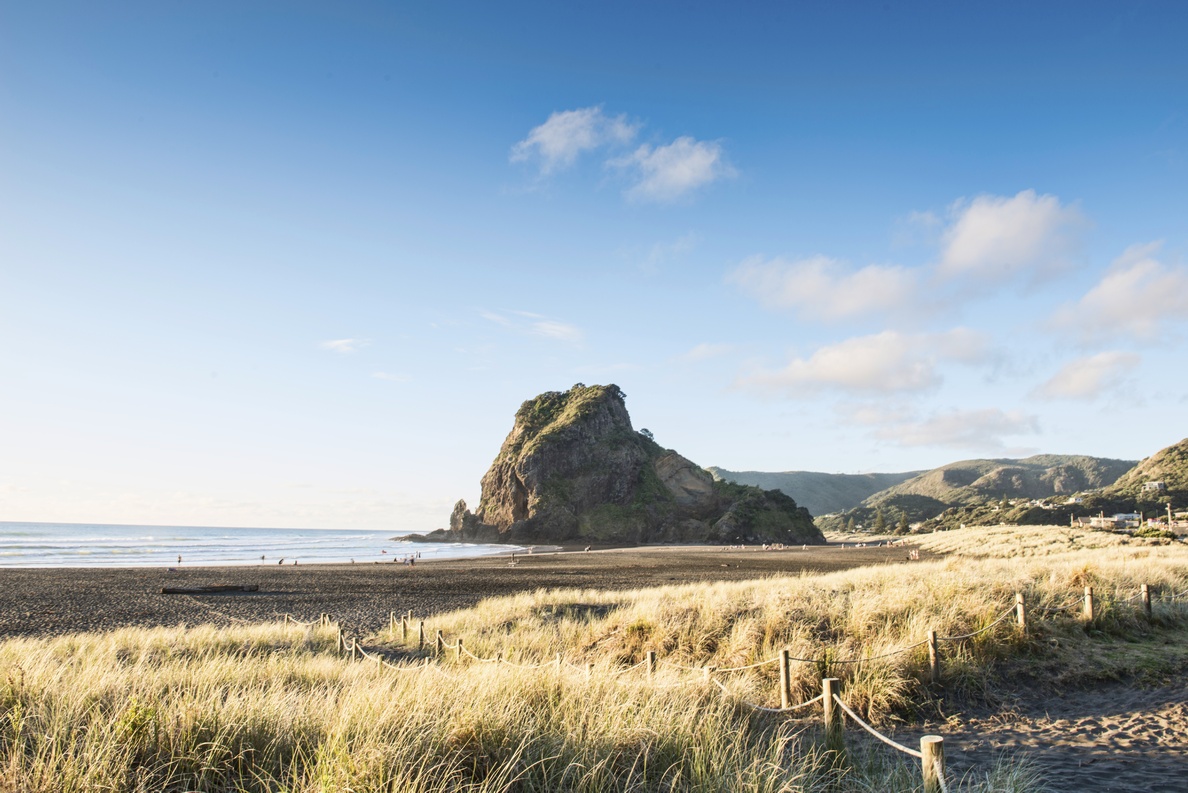River ecology state and trends in Tāmaki Makaurau / Auckland 2010-2019
Author:
Ange ChaffeSource:
Auckland Council Research and Evaluation Unit, RIMUPublication date:
2021Topics:
EnvironmentExecutive summary
Auckland Council’s freshwater monitoring programmes are designed to increase understanding of the health of freshwater systems, habitats and organisms in the region. Through the collection of environmental data, we can determine the amount of natural variability which is likely to occur and use this to assess the performance of environmental control mechanisms and detect trends which may be attributed to land use change and/or climatic variation.
The River Ecology Monitoring Programme (REMP) commenced in 1999. Led by Auckland Council’s Research and Evaluation Unit (RIMU), the programme involves the collection of macroinvertebrate community and stream habitat data and provides information on the condition of permanent, wadeable rivers and streams in the region. The programme aims to track council’s progress in achieving environmental goals and forms part of the feedback loop necessary to confirm that environmental control strategies implemented under the Auckland Unitary Plan (Operative in part) are effective in sustaining river ecosystem function and opportunities for future use.
The purpose of this report is to assess the current condition of rivers and streams across the Auckland region using the macroinvertebrate community Index (MCI) and Stream Ecological Valuation (SEV), identify changes in river ecology over time and understand the pressures influencing overall health. State analysis was undertaken using MCI and SEV data from 68 monitoring sites across the region, while 10-year trends in macroinvertebrate data were also assessed across 30 sites and SEV data for 15 sites. This report is the first to include SEV data as a descriptor for stream habitat and function for council’s monitored sites. This, and other information, will help decision-makers to assess the performance of existing plan controls and inform the direction of effective resource management and environmental policy.
Based on median MCI scores, 13 per cent of sites in the region were classified as being in the excellent quality class, indicating high water quality and habitat conditions. Results from 18 per cent of sites within the region were indicative of good habitat quality and possible mild pollution within associated streams. Sixty-nine per cent of sites were classified as poor to fair, with macroinvertebrate communities reflecting poor to fair water quality and/or instream habitat quality. Macroinvertebrate results showed strong correlations with SEV scores, land cover and water quality indices, indicating a general increase in MCI scores with improved stream function, habitat quality and water quality.
Trends in MCI were highly variable across all land cover categories, showing no obvious patterns in spatial distribution of MCI quality classes. Ten of the 30 sites suitable for trend analysis returned indeterminate trends, spanning all land cover types except exotic forest. Twenty-three per cent of sites recorded improving trends in MCI, while trends at 43 per cent of sites were found to be degrading. The trends observed spanned all land cover categories and National Policy Statement for Freshwater Management attribute bands.
Median SEV scores indicated 24 per cent of monitored sites in the region have excellent ecological function and habitat conditions, which are close to or at reference state. The majority of sites (60 per cent) in the region were classified as being in fair to good ecological condition, suggesting that most streams in the region are low to moderately impaired by anthropogenic pressures. Sixteen per cent of sites, all located in urban areas, were classified as poor. There was a strong relationship observed between median SEV score and land cover within the upstream catchment, indicating a pattern of reduced habitat quality and function with increased modification.
The indicators used to describe ecological health in this report provide a varying picture of the health of rivers in the Auckland region. Streams within native forest catchments tend to have the greatest ecological values, both in terms of macroinvertebrate community composition, stream habitat and overall function. Although there were no obvious patterns in the spatial distribution of observed state and trends, all measures showed a clear pattern of decline with increased land cover modification and intensification. As a result, urban sites were consistently found to be in the worst ecological health. An outcome which is largely influenced by the loss of riparian margin integrity and channel modification, as well as land cover modification within the upstream catchment. Results were comparable to previous regional reporting and show similarity with what is being observed at the national level.
Auckland Council technical report, TR2021/05
Published February 2021.
See also
Auckland Council's State of the environment report 2020
The health of Tāmaki Makaurau / Auckland’s natural environment in 2020
River ecology state and trends in Tāmaki Makaurau / Auckland 2010-2019. Datasheet
